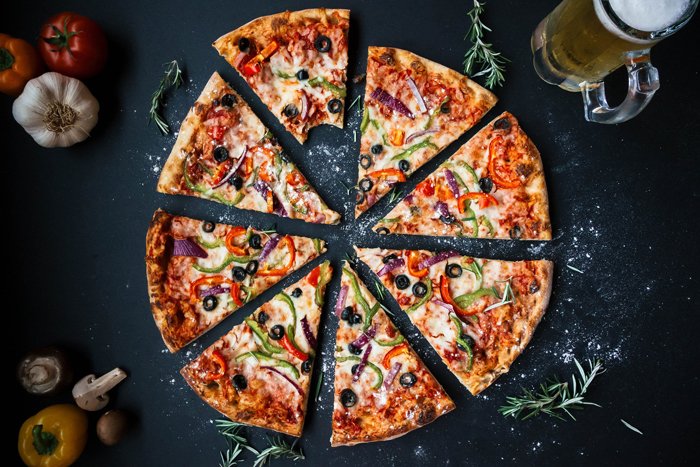Food photography is one of the most popular photography niches. Different dishes need different preparations and setup. You have to use specific lighting, angles and decoration for particular meals or food items.
Indian food photography might seem simple, but it requires some preparation. The setup alone can make or break your Indian food pictures.
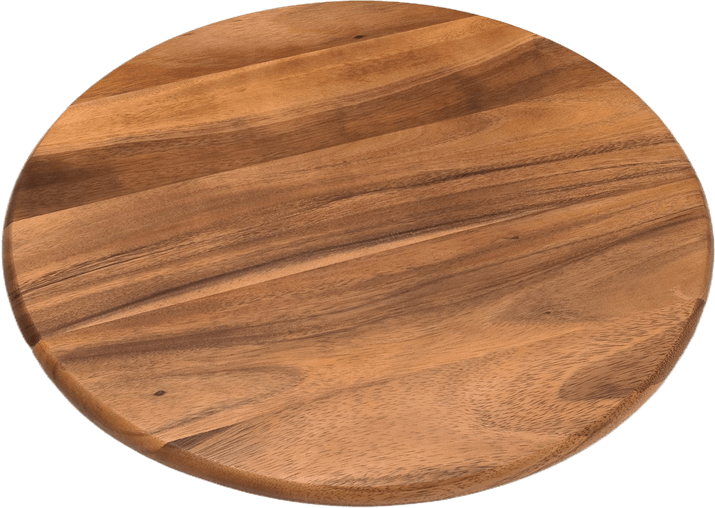
10. Indian Food Photography: 10 Tips to Create an Indian Atmosphere
Indian food is not always easy to recognise. We all know what curry looks like and made of. But Indian cuisine varies according to region and traditions.
Presenting the dish with the ingredients next to the plate helps the viewer to identify the dish. You can decorate the scene with various spices, vegetables or seasonings.
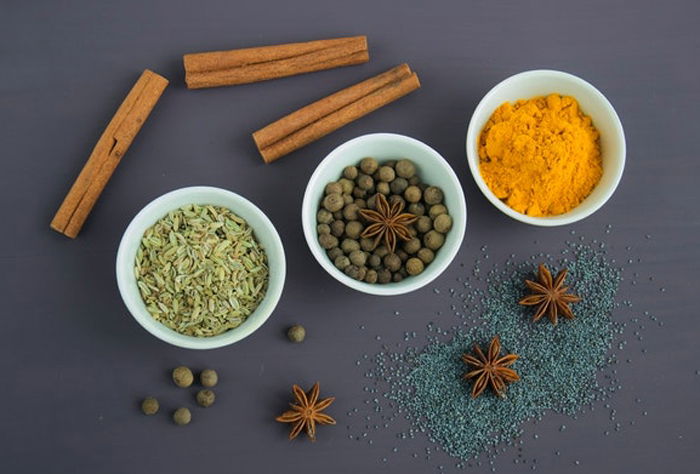
When it comes to Indian food, you can leave the minimalist concept behind. You should include several elements in your photos and present them in a bit chaotic way.
Even a simple curry dish can contain dozens of different ingredients. The viewer gets a good idea about the final results.
If your Indian food photograph is part of a cookbook, you want to make sure to highlight realistic characteristics. The reader wants to know how difficult the recipe is. The way you present the dish gives the reader an idea about its complexity.
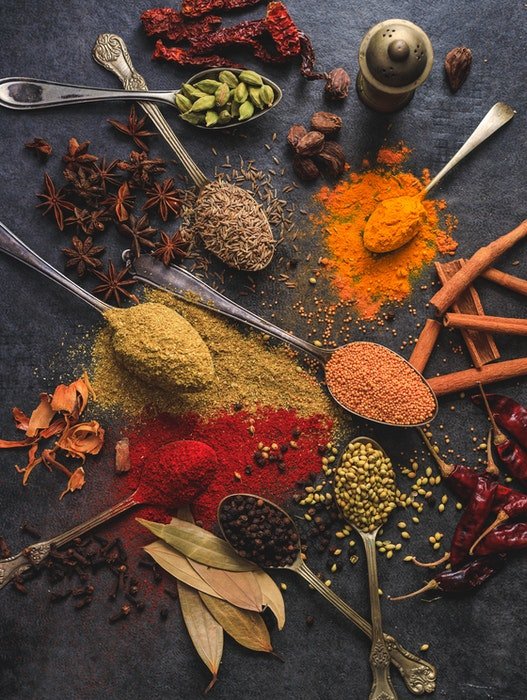
9. Educate the Viewer About the Food
Indian food photography is special because of its educational purposes. Let’s be honest; we all look a bit confused when we read the menu of an Indian restaurant. Unless you know a lot about Indian cuisine, the names of the dishes won’t reveal too much about the food you get.
People tend to like choose things they are familiar with. We know the feeling of ordering something, and when the food arrives, we realise we made a poor choice.
People don’t need a menu with food photos in a pizzeria, but they need it in exotic restaurants. Your Indian food images have to educate the viewer about the dish they get or about to cook.
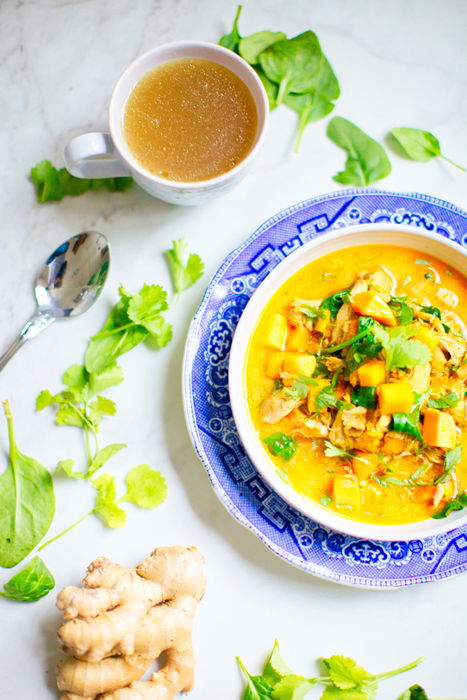
You can achieve this by highlighting the main ingredients. If you photograph a chicken curry, make sure that the meat is easy to spot in your photo. Otherwise, vegetarian viewers might get disappointed when their food arrives.
If an Indian dish you photograph is spicy, place lots of hot spices around the plate or chilli flakes on the top. Toppings are not only decorative but also helpful cues about the ingredients.
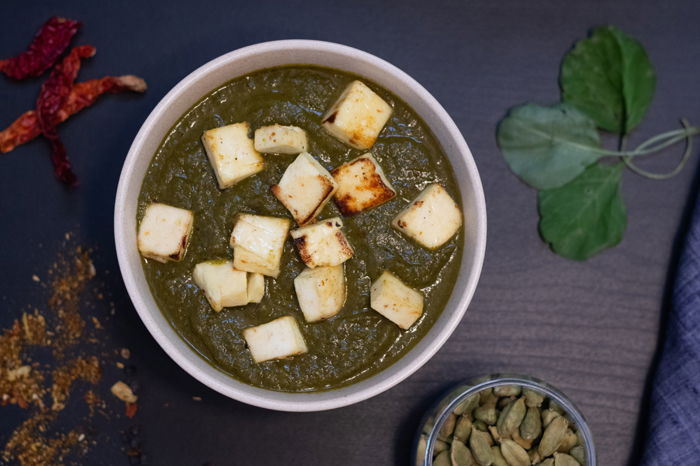
8. Show How and Where Indian Food is Cooked
People associate Asian cuisines with street food. Simple (and sometimes a bit questionable) cooking conditions, with puritan serving and presentation.
But everyone knows that the most authentic food comes from those street food stands.
Make sure to recreate this feeling in your Indian food photography. You don’t need to pretend that the restaurant cooks everything on the side of the road like in India. But show similar preparation methods.
When it comes to Indian food, the preparation process is as important as the final results. People know it takes time to mix the curry spices or to marinate the meat for a tandoori dish. Show them the preparation steps to make the food look more authentic.
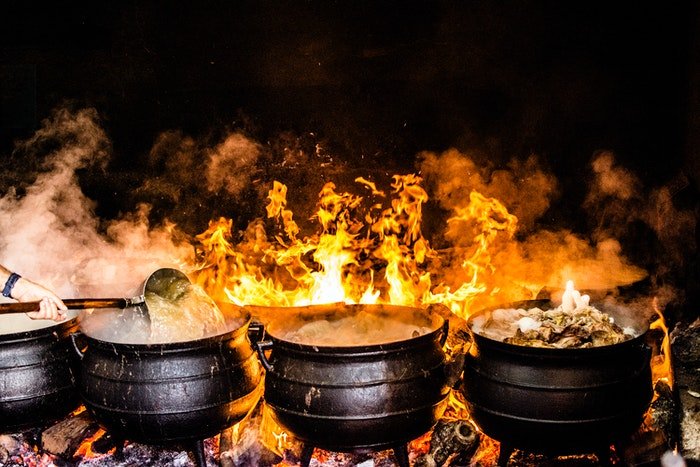
7. Build the Scene with Props
Like in other types of food photography, you get better results if you use props for your photos. Props make the photo look more exciting and create a more realistic scene.
Indian cuisine is about comforting food. You cannot present the Indian dishes the same way as you do in case of a Michelin star culinary scene. Using the appropriate props gives the right impression to the viewer.
Serve the meal in traditional plates. Use cutlery that’s typical for Indian cuisine. Create a background with wood or simple textiles.
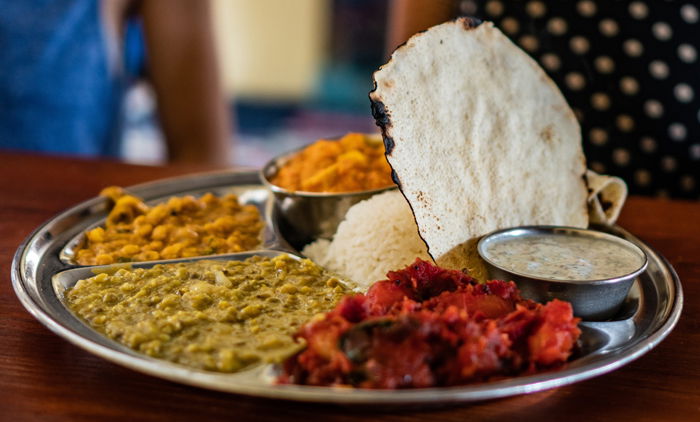
Sharing food is very typical in India. People gather around the table, and everyone eats from the various courses.
The starter and the main often appear together on the table. You can also build you Indian food scene the same way.
Even if you want to highlight one specific curry, you can arrange some rice and naan bread in the background.
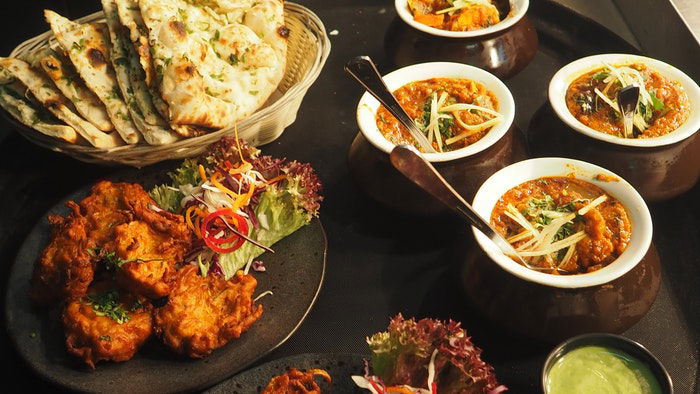
6. Combine and Highlight Different Textures
Indian food can look pretty average if you don’t focus on the right textures. From this aspect, Indian food photography is harder than taking photos of a hamburger.
It’s easy to make a curry look like a colorful mash. You need to put some creative energy into making it look mouthwatering. Even if we all know that the curry texture is not too exciting.
You need to apply some food styling skills here. If it’s a delicious chana masala, position the chickpeas so that they stand out from the liquid. If there are extra vegetables in the mixture, let them float on the top too. Add some chilli flakes and cilantro as toppings.
Try to combine different textures to create appealing photos. Show how tender the meat is or how crunchy the vegetables are. Many Indian dishes are creamy. Add something crunchy on the top.
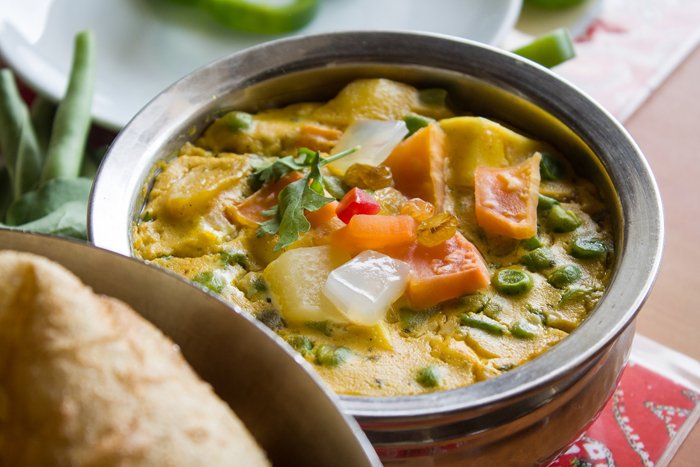
5. Create Contrasts in Your Indian Food Photography
Indian food is always a bit mysterious. It’s a very old and traditional cuisine. Some dishes are part of Ayurvedic therapies and have health-boosting powers. You want to highlight these attributes in your photos.
You can do that by creating strong contrasts. If you photograph a curry dish that has yellow hues, serve it in a white plate and create a dark background. Add some toppings that have contrasting colors, such as chilli paprika or a slice of lime.
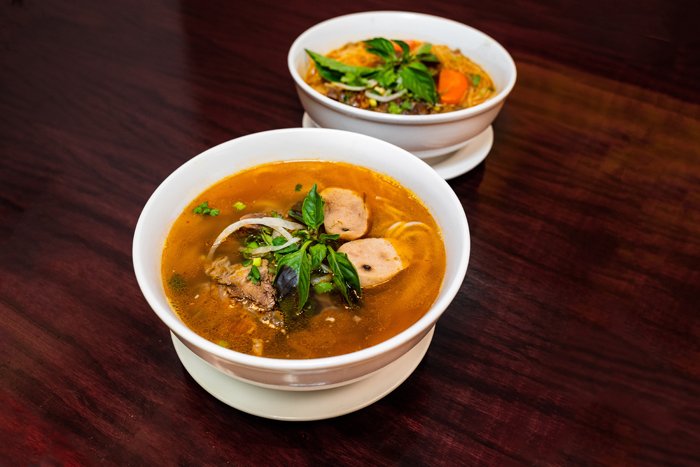
Do you want to create dramatic contrasts? You can also present a colorful dish in a dark bowl with a black background. The meal will pop out from the rest of the photo.
Many spices and vegetables have similar shades in India. if you don’t add some extra twist, the photo looks boring. Use contrasting props if you cannot include other ingredients.
You can also play with the different shades of the same color. If you let the dish rest a bit, the oil tends to create patches on the surface. The color is often different from the rest of the food and you can use this for your advantage.
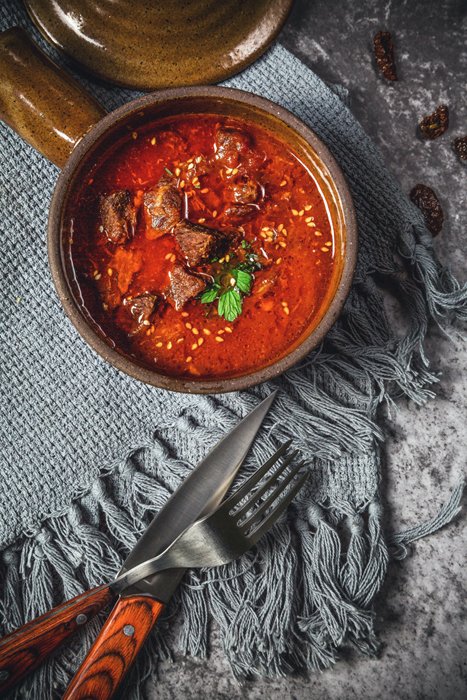
4. Use Hard Light for Indian Food Photography
Lighting is crucial in food photography. To create a mysterious mood, use hard light for your Indian food photography. The pictures will be moody and a bit dramatic.
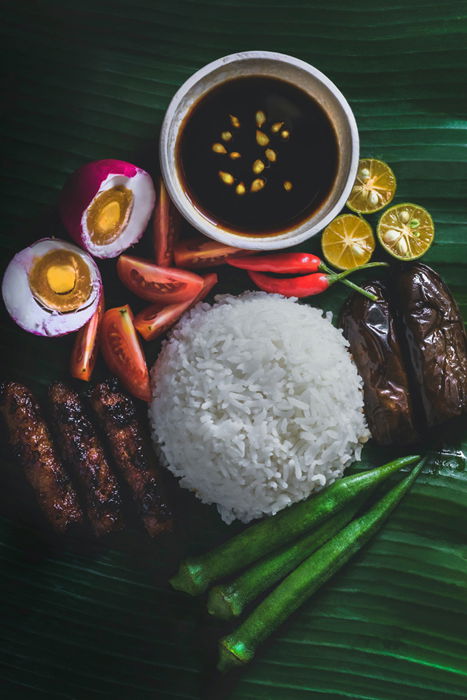
If you have enough natural light, you can also often create fantastic photos close to a window. This will give the viewer the impression that the meal was made at home. Not in the kitchen in the restaurant’s kitchen.
Avoid using direct flash as it can create unwanted reflections. Your curry subject won’t look very natural if there is a white flash in the middle of it.
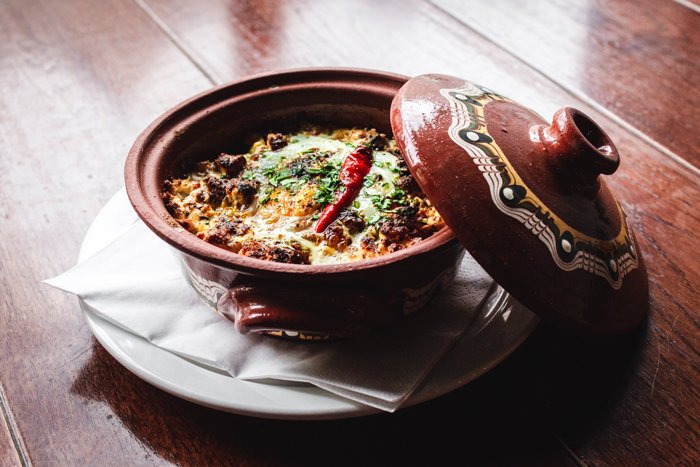
3. Choose the Angle That Gives Depth to the Dish
It’s obvious what kind of angles you need to use when you photograph a pizza or a pancake tower. But how do you choose the right angle for Indian cuisine?
It depends on the scene you photograph. A table full of delicious dishes can look great in an overhead shot. A curry looks best if you present it in a bigger bowl and shoot from a higher angle. You can pile up the naan bread and photograph from the level of the table to make it look bigger.
Try to choose the best angle for every dish, even if you have various ones in the same scene.
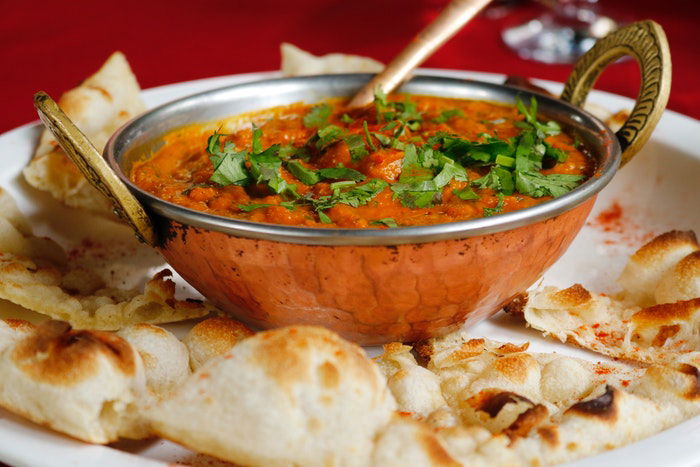
2. Present Every Dish in Its Best Light
What makes you want to dive into a curry dish? If it looks steamy, spicy and freshly prepared in the photo.
How do you make a mango lassi appealing? You make it look creamy and present it in transparent glass to highlight its color and texture.
How do you make the viewer crave the Indian meals you photograph? The same way you make a beer look ice cold and ready for consumption in a photo. You have to pay attention to timings.
Some dishes won’t look appealing after they stay long hours in the kitchen. And a photoshoot can take a while. Try to time yourself and start with the item that doesn’t look tasty after hours of photography. You don’t want to take photos of a dal that looks like jelly.
Some Indian food items look best when they are prepared. Take photos of the roti when it is blowing up due to the heat. Photograph the flames that cook the meat tender. Show everything in its most exquisite setting
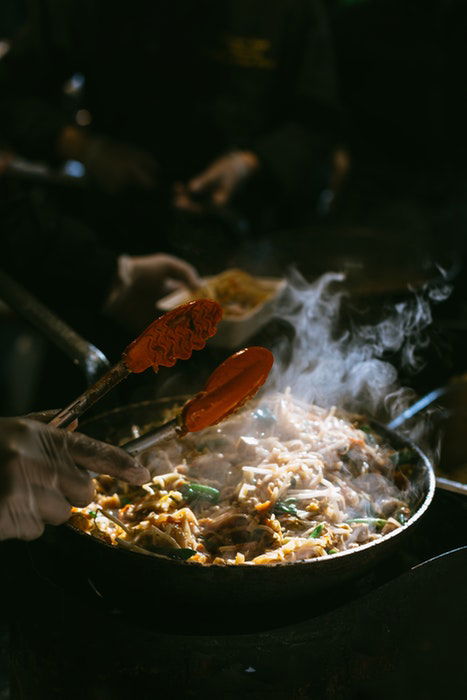
1. Tell a Story With Your Photo
Indian food photography is a great opportunity for storytelling. Include extra features in your images to show India’s culture.
You can do this with photographing dishes and ingredients that are typical in a certain region. Or you can take photos of an Indian wedding table with specific decorations and meals.
Include people’s hands in the photos to show the way Indians often eat in rural areas. Photograph spices and vegetables piled up in the market.
Do some research about the culinary habits of India. Cuisines always represent a big part of local culture. Make sure you include this in your pictures.
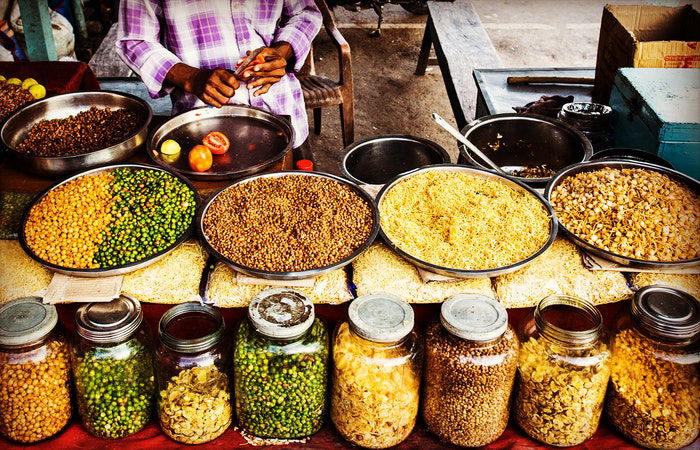
Conclusion: Indian Food Photography
Indian food photography is an exciting and mouthwatering niche in culinary photography. You can apply most of the rules and settings that you use in general cooking photographs.
There are some specific parts you have to pay attention to. With the tips above, you can create tasty-looking and authentic images of Indian cuisine.

